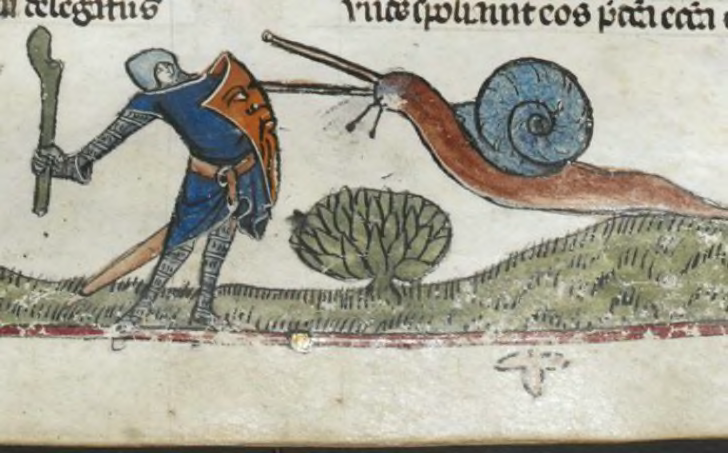



The late Michael Camille has in this book helped us to see the overlooked and how even those somewhat higher up the social scale, the scribes and illuminators, exploited their marginality in the margins. Yet, as these two pages from the Maastricht Book of Hours (around 1300-25) shows, a gent or lady need not have been relentlessly serious, but could combine fun with prayer – in the margins we see two musicians providing dance music for a man and a woman throwing some shapes in the bas de page. However, there are some odd additions found in the margins of. Jon Kaneko-James explains further: The usual imagery of the rabbit in Medieval art. Illuminated manuscripts are beautiful works of art commonly associated with the Middle Ages. Here the illuminators focused their attention not on the serious and high-minded matters of the painted pages or initials, but on that lowest level of society, the laboratores who seldom got a look-in, compared to the upper-crust, oratores and pugnatores. Hunting scenes, de Vos adds, also commonly appear in medieval marginalia, and this usually means that the bunny is the hunted however, as we discovered, often the illuminators decided to change the roles around. Lascivious apes, pot-bellied monks, harp-playing asses, arse-kissing priests and somersaulting jongleurs abound, but have hitherto been mostly passed over or dismissed as mere decoration or mindless doodles. HIBERNO-SAXON ART: 6th 8th centuries in the British Isles VIKING ART: 8th 11th centuries in Scandinavia CAROLINGIAN ART: 8th 9th centuries in France and Germany OTTONIAN ART: 10th. There are a few civilizations going on in Medieval times. On the margins of medieval manuscripts (and beneath misericords in church chancels) there is evidence that, in the all-encompassing Age of Faith, there was some dissent or perhaps more accurately fun-poking at the elders and betters of the day. EARLY MEDIEVAL ART Time Period: 450-1050 (aka: 5th 11th century) 2.


 0 kommentar(er)
0 kommentar(er)
